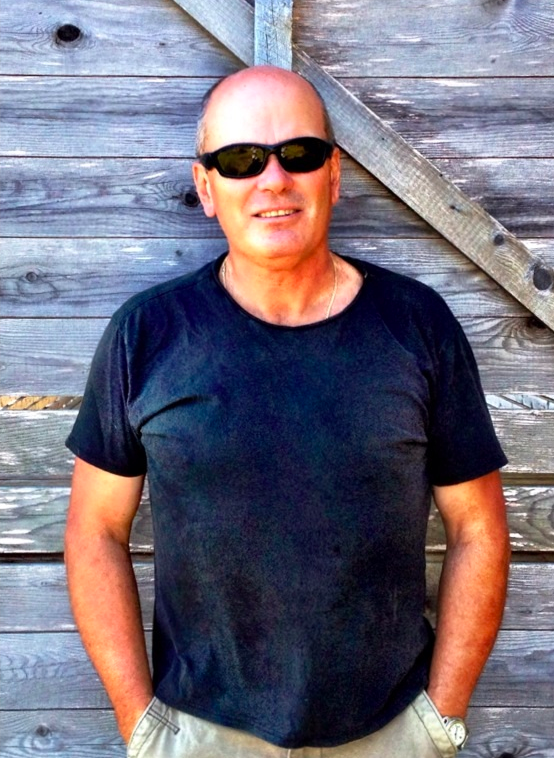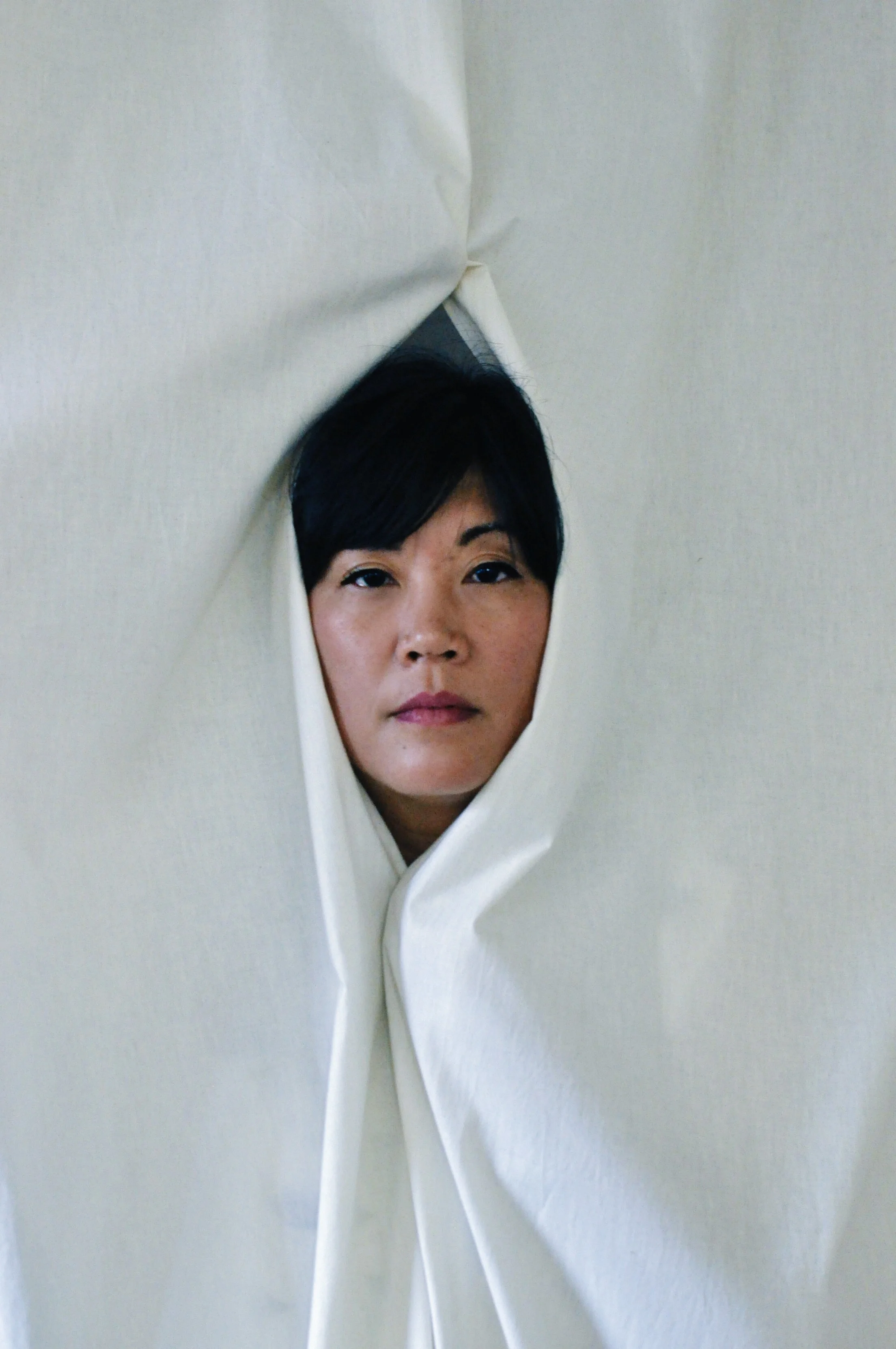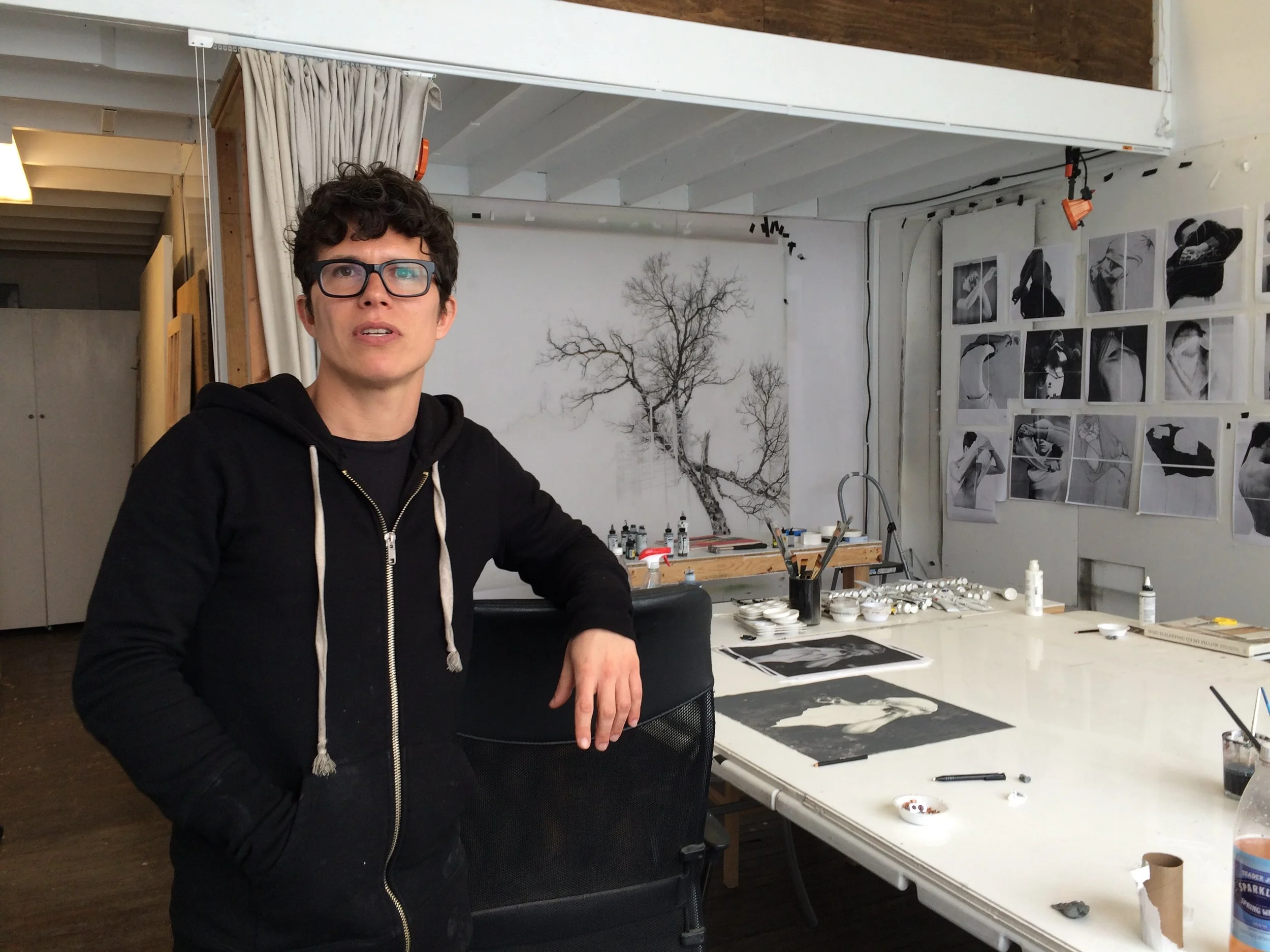Architect
Shobac
25 miles outside Lunenburg, Nova Scotia, Canada
To be rooted in a world that is less rooted is very important to me.
Interview by Heidi Legg
There is a little fishing hamlet called Kingsburg, a small village inNova Scotia, Canada. The community is approximately 130 kilometers fromHalifax, and 25 kilometers fromLunenburg, and is now primarily a summer vacation area. The village architect is known far and wide and his name is Brian McKay Lyons, five-time winner of Canada’s prestigious Governor General’s Medal in Architecture.
Architecture is the art of what you can cause to happen - making architecture an act of will. Ghost is an act of willing paradises.
On May 2, 1994, nine ambitious Dalhousie University TUNS students joined architect and professor Brian Mackay-Lyons, along with his wife and children at their farm on the coast of Nova Scotia. The farm sits atop a nearly four-hundred-year-old stone ruin that he himself discovered while clearing the land over the past 20-years. They were all there to embark on a unique utopian architectural experiment. Mackay-Lyons actually taught them how to build something with their own hands; it was the first “Ghost Lab.”
Housed in tents, without modern conveniences, and with little more than hammers and nails, the group inaugurated what would become an annual hands-on design-build project: the Ghost International Architectural Laboratory. The final “Ghost” was held last summer, making this the first season SHOBAC, as the farm is known by Mackay-Lyons and his disciples, was left untouched by visiting architects from around the world. Now its imprints are there for the rest of us to explore.
Last August, my husband and young children and I rented one of the fabled Ghost cottages, where I was able to sit down with Mackay-Lyons to hear about his initial vision for Shobac, Ghost and his own life’s work. It was a highlight for me and his words have rung true all winter long as I waited to share this with all of you. This is a special visionary article for me because I am bringing you home to eastern Canada.
What is Ghost and how did it come to be?
It just happened. It was an intuitive thing and I just thought I had to do this and all my attempts at being clear, fall short. If there is one word I would use – It’s Utopian.
Ghost…Shobac, this place and our architecture practice overlap. When I use the word utopian, it means all of those endeavors: place, my practice and Ghost - the poetic third of it. Alto said all of architecture is a search for paradise on earth and I think that is right and that temperament that favors the utopian, idealized, classical view of the world, well, some people are just wired for that.
There was also a group of architects in the 1950s called Team 10 who sailed around the Mediterranean and wrote architectural manifestos.
What are you trying to change, solve?
The audacity of youth is to say you are trying to change the world and when you get older you realize, we are pretty minor players or you get cynical and start thinking the world is going to hell and we are losing the battle. It’s easy to fall into that camp if you are very idealistic and become disappointed. You have to have a strong dose of that optimism gene to keep that idealism going.
I am sure that is the way they thought of monastery in the Middle Ages. They were very idealistic, centers of learning, agricultural, science. They were little outposts like Shobac and if we can’t control the whole thing, why not control this little bit. And through writing and learning, they did get to change the world. So today, because of the media and information explosion, a place like Ghost can be a model even though it is tiny, it can have an impact.
Shobac
How can we all make an impact?
I think the way we make an impact is to be absolutely local and absolutely international. The other way to make change is to be a teacher so I have always been in the educational world and so this has always been an educational project. A Learning site. This is also a weather station, it’s a place to learn about climate. Just simple things like that.
Why should the world care?
I think optimism is the currency of civilization. Not to overstate what we are doing because I’m not sure what we are doing is that big a deal but hope is a kind of counter balance to our basic instinct as humans. There is nothing more optimistic than building. It goes deep to the human ethos to make something. Juhani Pallasmaa, the Finish architect and theorist said, ‘We are only able to build to the extent that we have faith in the future.’ So architecture is one of those optimism games.
What do you wake up thinking about that the rest of us are not part of?
Probably nothing. The sheep are important to me. I talk to them before I go to bed and when I get up in the morning. Stopping along the road on my way from Lunenburg and being the village architect, in the metaphorical sense, is very important to me. It’s really important to feel that family, community, teaching, practice, and place are all in a wholesome way. It is a utopian way. That the world is as it should be. To be rooted in a world that is less rooted is very important to me.
Nova Scotia has a particularly tolerant culture so that there is an acceptance of people who are from away and they are embraced and it is not threatening to the people who have been here forever. That I think is very healthy.
How would you like public opinion to change?
There is an ethic in the modern movement that is classic. Mies van der Rohe said less is more. The interest in simplicity, doing less with consumption, and resources is similar to the ethos, sense of elegance and economy seen around many peasant cultures in the world. So I find vernacular attached to the modern movement useful and I see this same ethic emerging today. Minimal consumption is an opinion I would like to see. Simplicity is a high moral value in modern architecture and it is in the peasant culture and the vernacular is what you do when you can’t afford to get it wrong. In peasant cultures when you are poor, if you don’t site your house properly, you freeze.
Is there someone who changed your life? Or who made a path for you?
The living architect today would be Glenn Murcutt, an Australian Architect who won the Pritzker Prize in 2002. I’ve known him for 25 years and he is a kind of mentor, a reference point and friend. His work would be relevant. It’s new world architecture, the architecture of the elevated peasant. Australia, Canada and the US are similar that way. Tough, democratic cultures who share many similar values.
Charles Moore (Fellow of the American Institute of Architects, and winner of the AIA Gold Medal in 1991) was the dean of Yale and a deep American humanist so I worked with him at UCLA. He brings a humanist perspective, this belief in humanity and a very democratic attitude.
What are you working on today?
We have lots of work very close to the village of Kingsburg and spreading out from there to other parts of North America. We did the Canadian embassy in Bangladesh and we do quite a bit of work in northern Ontario, Quebec, New England, and Alabama. We are always doing a mixture of residential and institutional work. There are 16 people in our firm and I think of myself as a tradesperson, like a carpenter, and you get up every day and try to do an honest days work. It’s a discipline and as long as you have work to do and you think you can do a good job, you do it.
Describe for us “a day in the of life of Brian Mackay-Lyons,” out here on this remote peninsula.
Alex Colville once told me creativity is 80 percent discipline. The trick I’ve discovered for myself is to try and collapse all things into one. You have to integrate the personal and the professional. If you can figure out how to take all six courses and fold them into one course in your head, then you have time. So when I am out kayaking, I am working out the weather in my head for a project and then I sit down and design. When we started Ghost, the family was always part of it. It is all one big thing – community, family, teaching and working is all one thing. Collapsing all things together is a timing strategy. So I can feed the sheep, go to the airport, have coffee with Marilyn, fly to Bangladesh, go for a paddle in the ocean, because it’s all one course, one project in my head and it’s your life.
An excerpt from The Ghost Book 2008:
Innovations that expand the boundaries of tradition or redraw them in a different shape usually take something from what went before. This is what Mackay-Lyons is trying to do with his contemporary “regional” architecture in Nova Scotia, anchoring it in tradition while accepting his own voice, his memories and his interpretations of the place as valid parts of that tradition.
Cathleen McGuigan – Editor of Architectural Record and longtime architecture critic for Newsweek has also written an essay on Shobac called Plotting A New Course for Architecture, Ghost 13.











